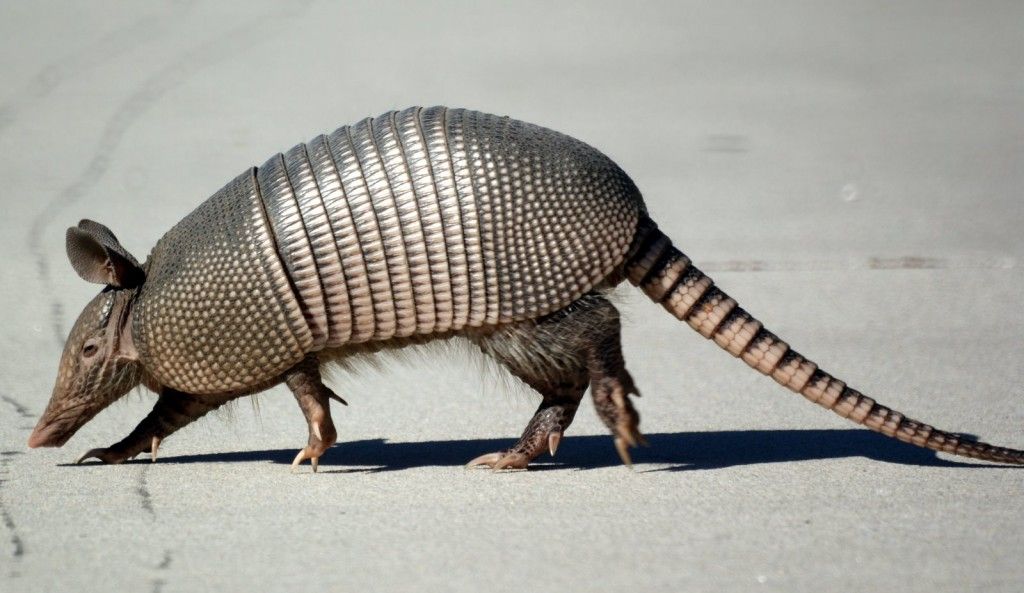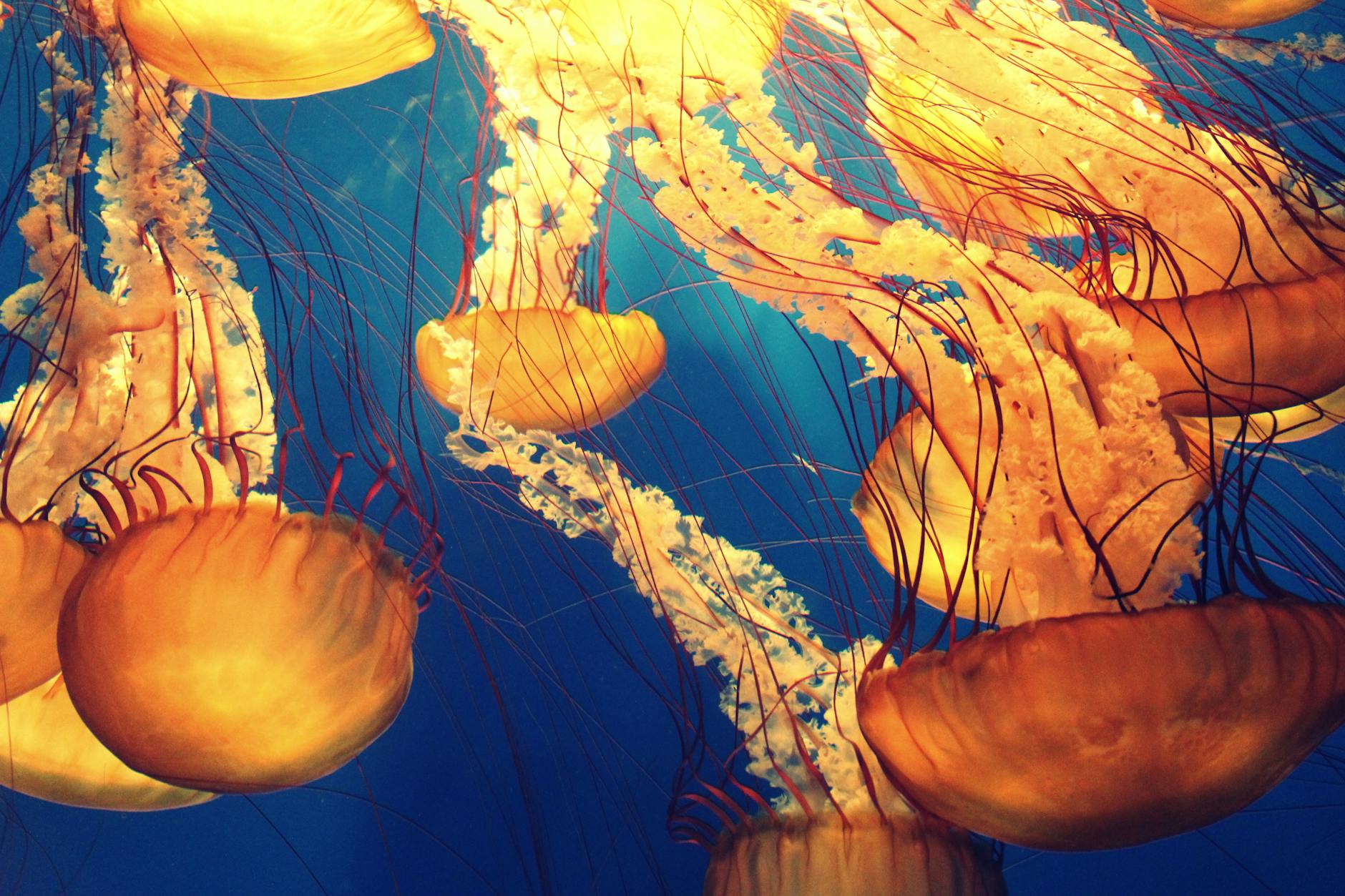
Jellyfish might seem like simple, otherworldly creatures drifting through the ocean, but their lifecycle is surprisingly complex and involves multiple stages that are both bizarre and fascinating. These gelatinous marine animals have been around for over 500 million years—long before dinosaurs—and their unique way of reproducing and growing is a big part of their evolutionary success.
Stage 1: The Medusa – The Adult Jellyfish
The lifecycle begins with the medusa, the adult stage we most commonly recognize. This bell-shaped, free-swimming creature floats through the water, using its pulsating body to move and its tentacles to capture prey. Medusae are either male or female, and reproduction typically occurs when a male releases sperm into the water, which the female takes in to fertilize her eggs.
Stage 2: Planula – The Tiny Drifter
Once fertilization occurs, jellyfish eggs develop into free-swimming larvae called planulae. These microscopic, oval-shaped organisms are covered in tiny hairs called cilia, which help them drift through the ocean currents in search of a suitable place to settle. This stage lasts only a few days, but it’s critical for the continuation of the lifecycle.
Stage 3: Polyp – The Clinging Clone
When the planula finds a solid surface—like a rock, dock, or sea floor—it attaches itself and transforms into a polyp. This stage looks like a small sea anemone and is stationary. Remarkably, polyps can reproduce asexually by budding, creating clones of themselves. They can stay in this stage for months or even years, waiting for the right environmental conditions to trigger the next transformation.
Stage 4: Strobila – The Jellyfish Factory
Under the right conditions, a polyp will undergo a process called strobilation, where it segments into a stack of tiny discs. Each disc will eventually become a separate jellyfish. This strobila stage looks like a stack of saucers and is one of the most visually striking phases of the lifecycle.
Stage 5: Ephyra – The Baby Jellyfish
Each disc breaks off from the strobila and becomes an ephyra, a tiny, immature jellyfish. Ephyrae look like miniatures of adult medusae but are not yet fully developed. Over time, they grow and develop the features of an adult jellyfish, including their tentacles and stinging cells.

And the Cycle Continues…
Once the ephyra matures into a medusa, the cycle begins again. This lifecycle—alternating between sexual and asexual reproduction—gives jellyfish incredible adaptability and survival power, even in changing ocean environments.
Why It Matters
Understanding the jellyfish lifecycle helps scientists predict jellyfish blooms, which can have major effects on fisheries, tourism, and marine ecosystems. It also reveals the surprising complexity hidden within these seemingly simple sea creatures.
So next time you see a jellyfish drifting gracefully through the water, remember: it’s just one stage in a wild, alien-like lifecycle millions of years in the making.
Disclaimer: This blog post is for edutainment purposes only and may not be entirely accurate.






